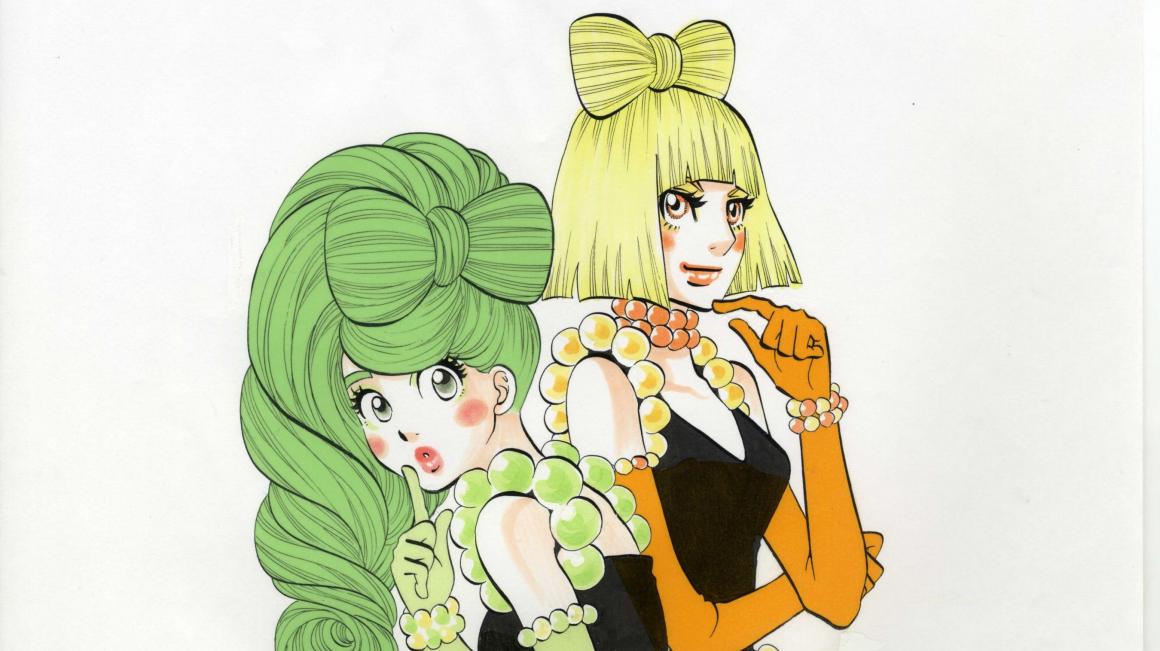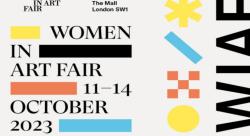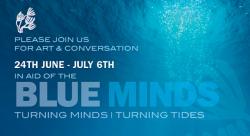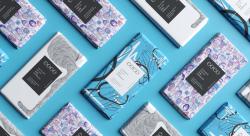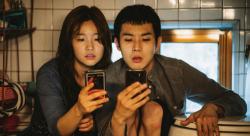By Roderick Conway Morris
The Japanese were printing narrative cartoon books a century and a half before they began to appear in Europe and the Americas. Their first heyday was in the late 18th- and early 19th-century, during which some 3,000 titles appeared, written and illustrated by the most popular authors and woodblock artists of the day. But since this occurred during the country’s over 220-year-long period of self-imposed isolation, the rest of the world remained oblivious to this publishing revolution.
By the time Japan opened up to foreign trade in the mid-1850s, the West was developing the range of its own cartoons and their introduction to Japan there led to hybrid forms of illustrated narratives, comic books and graphic novels, known as manga.
Manga means ‘pictures run riot’, and run riot they have, both in terms of popularity and proliferation of genres, from ancient legends and science fiction to inspirational sporting stories and hardcore porn. By 1995, annual sales of manga books reached 1.34 billion copies. By 2016 the domestic industry alone was reckoned to be worth £3bn and it is now a worldwide phenomenon.
The British Museum has been collecting manga since the late 19th century, thanks to the perspicacity of its curators, who realised that such ephemera were important manifestations of cultural and historical trends. And building on this knowledge, they are now presenting the largest-ever exhibition of manga outside Japan, curated by Nicole Coolidge Rousmaniere and Matsuba Ryoko, displaying some 50 artists, 70 titles and over 160 works, from historical prints and paintings to cartoon originals and digital productions. The most spectacular exhibit is a 17-metre-long Kabuki theatre curtain depicting demons and ghosts by Kawanabe Kyosai, brilliantly executed in 1880 in four hours flat after several bottles of sake.
Since the Second World War women have played an increasingly central role in the development of manga. One of the finest examples here is by Sugiura Hinako, from her narrative about the life of Oei, the daughter of the celebrated Floating World artist Katsushika Hokusai, and an accomplished professional artist in her own right.
Around half of manga artists are now women. They have been notable in expanding the art form in terms of emotional subtlety and depth, but also in taking it in some curious directions. Among these are boizu rabu (boys’ love) stories of discreetly erotic love affairs between young men, popular with adult female manga fans.
Until 26 August at the British Museum: 020-7323 8299; www.britishmuseum.org


